Henry Raeburn's Edinburgh and a long gaze into the city that made an artist
Now the life of painter Henry Raeburn is to be celebrated in the heart of the city that fuelled his ultimate success.
Raeburn’s Edinburgh has opened at the Georgian House at 7 Charlotte Square – an exhibition that marks 200 years since the artist’s death and brings together 18 portraits and engravings from across the National Trust for Scotland collection for the first time.
Advertisement
Hide AdAdvertisement
Hide AdThe New Town had yet to be designed when Raeburn was born in 1756, but it was the emergence of this elegant, moneyed and clean part of the city that played a key part in his story as the demands of the area’s first residents for portraits to hang in their new homes drove a prosperous trade for the painter, who was orphaned as a young boy.
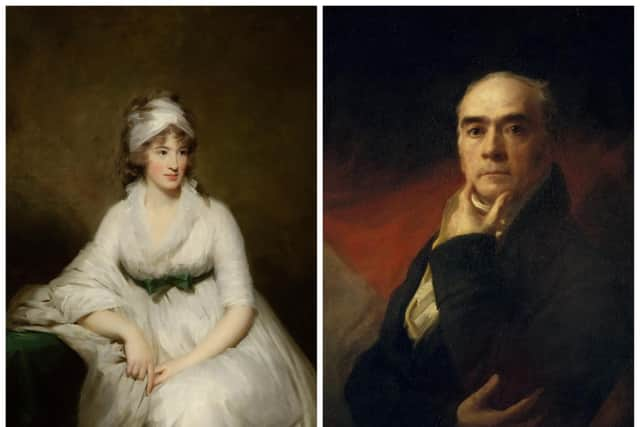

Dr Antonia Laurence-Allen, regional curator for Edinburgh and East at the National Trust for Scotland, said the urban development of the capital was one of the key factors in Raeburn’s success.
She said: “At the time he was born in 1756, they hadn’t even planned the New Town yet. It was in people’s minds as an idea because the High Street was incredibly dense.
"The city centre was made up of narrow dark wynds, the people were living and working in hugely close quarters, cheek by jowl, aristocrats rubbing shoulders with street sweepers. It was just really intense."
This “cross-cultural, cross-economic” city life was “really the ferment for the Enlightenment”, she added.
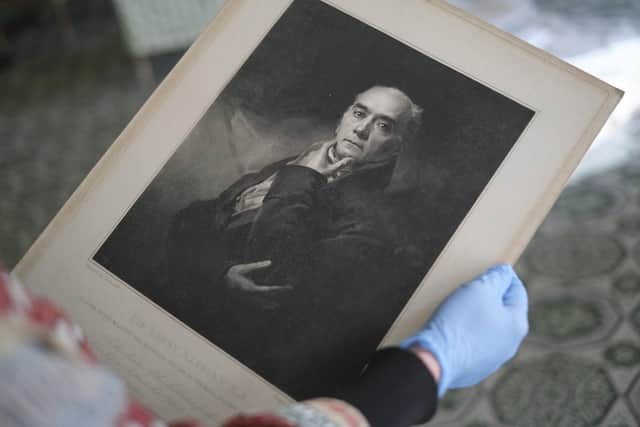

As a boy, Raeburn crossed these streets to get to Heriot’s Hospital, where he was educated after “coming into the orbit” of Sarah Sandilands, whose father had left a large sum of money with the wish some of it be used to educate poor boys.
From there, Raeburn became an apprentice to James Gilliland, a prestigious goldsmith in Parliament Square, which was then a bustling, beating centre of creativity in the capital where craftspeople, booksellers, artists and jewellers mingled and traded around the luckenbooths.
It was here Raeburn, aged around 15 or 16, was spotted drawing a likeness of himself in a mirror by artist David Deuchar with Andrew Duncan, a doctor who trained at Edinburgh University, then becoming his patron. It is likely he also came into contact with David Martin, one of Edinburgh’s fine artists of the day.
Advertisement
Hide AdAdvertisement
Hide Ad“In this sense he is a product of his city,” Dr Laurence- Allen added.
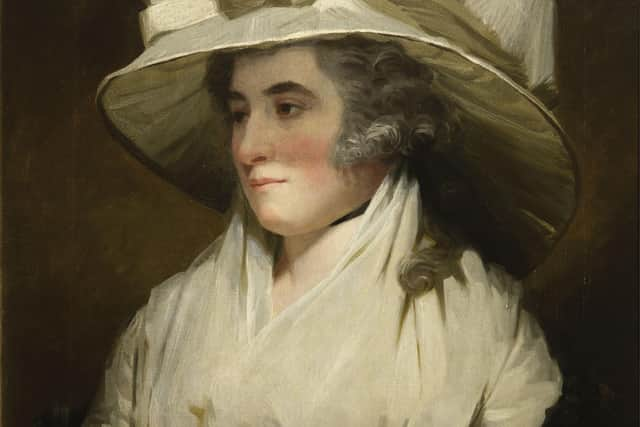

She said: “As the New Town starts to grow, as the townhouses start to be built, it is a new merchant class, a new wealthy class moving in.
"They are not necessarily aristocrats, they are lawyers, they are writers, they are philosophers. A lot of them are working at the university and they are buying these places as a mark of success, but also to get out of the smelly, older town. And they are needing pictures for their walls.
"Portraiture is the photography of the day. Before you would only really see portraits of kings and monarchs and now you have this man, Raeburn, who is young and fresh and who is painting in this incredibly modern way.”
After a trip to Rome, where he travelled with several Scots, Raeburn returned to Edinburgh heavily influenced by the works of Caravaggio. One of his earliest paintings is of Sarah Forbes Sempill, of Craigievar Castle, who Raeburn painted in 1788.
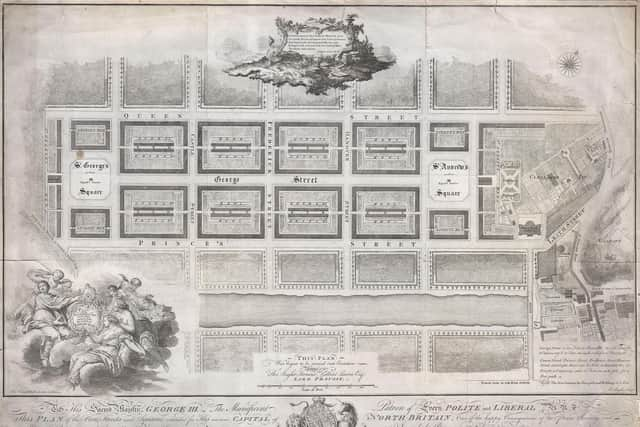

Dr Laurence-Allan said: “It’s pretty monochrome, except for her skin and she is in the shadow. If you look closely at the brushstrokes, they are so bold and so expressive for the day. You can see this frenzy of brushstrokes and this is incredibly new. This is 100 years before Impressionism.”
One of his finest works, which is included in the exhibition, is his portrait of Isobella Macleod, or Mrs James Gregory of Fyvie Castle, with the painter’s skill particularly on show in the depiction of her hands.
Raeburn tapped into a valuable network of connections, from private art collectors who allowed the young artist to access their works, to artist and teacher Alan Runciman, who also served as master of the Trustees' Academy, then the only art school in the city and a precursor of the Edinburgh School of Art.
Advertisement
Hide AdAdvertisement
Hide AdIt is believed Raeburn, who opened up his studio in York Place to the general public to generate interest in art, painted hundreds of portraits in his lifetime. Some are still missing, including his copy of Alexande Nasmyth’s portrait of Robert Burns. It is believed some of his works may have ended up in the United States when they lost their fashionable edge, Dr Laurence-Allan added.
For one of his last paintings, of Charles Mackenzie Fraser, of Castle Fraser, which was painted in 1817, six years before the artist died, Raeburn was paid 30 guineas, the equivalent of around £4,000 at today’s values. He later faced bankruptcy and developed large sections of land he owned in Stockbridge, including Ann Street, to help pay off his debts.
Dr Laurence-Allen said she hoped city residents would particularly enjoy the exhibition and see how the Edinburgh of Raeburn’s past is woven into the city streets today.
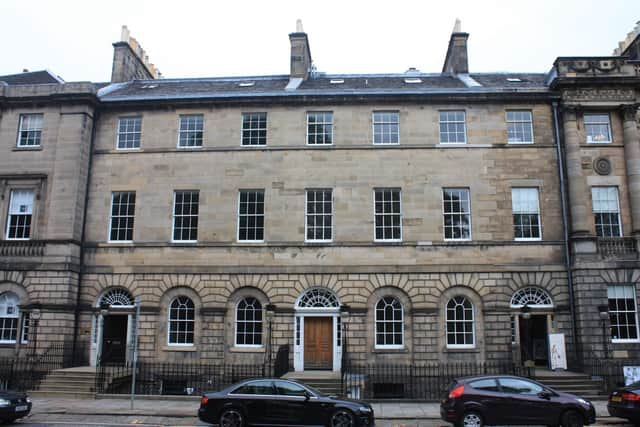

She said: “Raeburn was very much a man of the moment, during one of the capital’s most vibrant periods, painting everyone from advocates to astronomers and aristocrats. This is illustrated through the portraits we have chosen for the exhibition, each of which has a unique Edinburgh connection and an individual story about Raeburn, to provide a unique and fascinating picture of the city.”
Comments
Want to join the conversation? Please or to comment on this article.